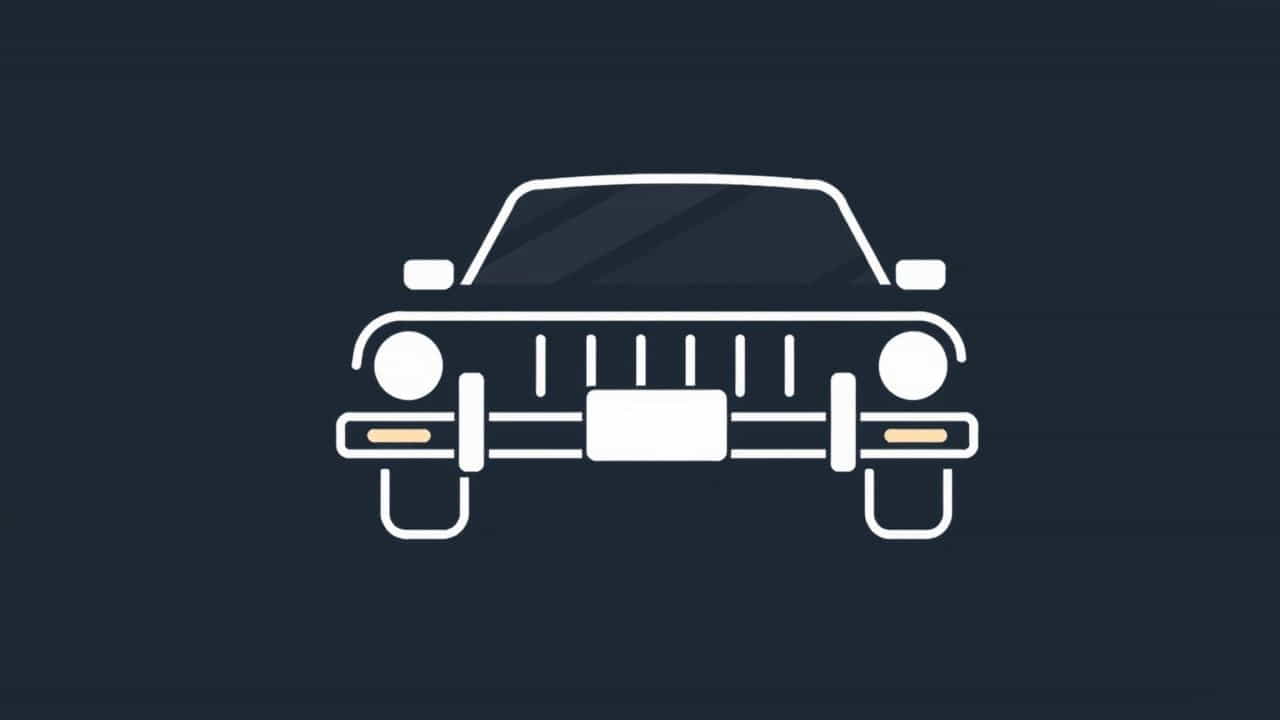A tow bar is a device that connects a towing vehicle to another vehicle, trailer, or caravan. It allows for safe and controlled towing, making it an essential tool for many drivers. Whether you need to tow a car for repairs, transport a trailer, or take a caravan on a road trip, understanding tow bars and their functionality is crucial.
How Does a Tow Bar Work?
A tow bar is typically attached to the rear of the towing vehicle. It creates a rigid connection between the towing vehicle and the towed load, ensuring smooth movement and control. The tow bar connects to the hitch receiver of the towing vehicle and to the mounting points on the towed vehicle or trailer.
The main purpose of a tow bar is to:
-
Provide a secure attachment for towing.
-
Ensure smooth tracking of the towed vehicle.
-
Distribute towing force evenly, preventing sudden jerks.
Types of Tow Bars
There are several types of tow bars available, each suited for different towing needs.
1. Fixed Tow Bar
A fixed tow bar is permanently attached to the vehicle. It is strong and reliable, making it ideal for frequent towing. However, it cannot be removed when not in use, which may affect the vehicle’s aesthetics.
2. Detachable Tow Bar
This type of tow bar can be removed when not in use, making it a more flexible option. It maintains the vehicle’s original look while providing towing capability when needed.
3. Flange Tow Bar
A flange tow bar has a bolted tow ball, allowing for different towing accessories to be fitted. It is versatile and commonly used for heavy-duty towing but can be bulky in design.
4. Swan Neck Tow Bar
A swan neck tow bar has a sleek design where the tow ball is integrated into the bar. It is commonly used in Europe and offers aesthetics and functionality in one package.
5. Retractable Tow Bar
A retractable tow bar allows users to fold it under the vehicle when not in use. This type provides convenience without the need for removal, making it a premium choice.
Choosing the Right Tow Bar for Your Needs
When selecting a tow bar, consider the following factors:
1. Towing Capacity
Different tow bars are designed to handle various weight limits. Always check your vehicle’s maximum towing capacity and match it with the tow bar’s rating.
2. Vehicle Compatibility
Ensure that the tow bar you choose is compatible with your vehicle. Some vehicles require custom tow bars, while others can use universal models.
3. Frequency of Use
If you tow frequently, a fixed tow bar may be ideal. If you tow occasionally, a detachable or retractable tow bar might be a better option.
4. Type of Load
The type of load you plan to tow (e.g., car, trailer, caravan, boat) will determine the best tow bar for your needs.
5. Legal Requirements
Some countries have specific laws regarding tow bars, braking systems, and lighting requirements for towed vehicles. Always check local regulations before installing a tow bar.
How to Install a Tow Bar
While tow bars can be installed professionally, some vehicle owners prefer DIY installation. Here’s a general guide:
Step 1: Choose the Right Tow Bar
Select a tow bar that fits your vehicle and towing needs.
Step 2: Gather Tools and Equipment
You may need wrenches, bolts, mounting brackets, and a torque wrench.
Step 3: Locate Mounting Points
Most vehicles have pre-drilled mounting holes for tow bars. Identify these before installation.
Step 4: Attach the Tow Bar
Secure the tow bar using the provided bolts and brackets. Ensure all connections are tight and properly aligned.
Step 5: Connect Electrical Wiring
If your tow bar includes lighting or braking components, connect the electrical wiring to ensure proper signaling.
Step 6: Test the Installation
Before towing, test the tow bar to confirm it is secure and stable.
Safety Tips for Towing with a Tow Bar
1. Check Connections Regularly
Before every trip, inspect the tow bar, hitch, and safety chains to ensure they are properly secured.
2. Distribute Weight Evenly
Uneven weight distribution can cause trailer sway or instability. Load your trailer or vehicle evenly.
3. Use Safety Chains
Safety chains provide an extra layer of security if the tow bar fails or disconnects.
4. Drive Cautiously
Towing adds weight to your vehicle, affecting acceleration, braking, and turning. Drive at a moderate speed and allow for extra stopping distance.
5. Follow Local Towing Laws
Different regions have specific laws about towing, including speed limits, weight limits, and braking requirements.
Benefits of Using a Tow Bar
-
Cost-effective towing solution compared to trailers or tow trucks.
-
Versatile for towing different types of vehicles and trailers.
-
Durable and long-lasting when properly maintained.
-
Easy to install and remove, depending on the type.
Common Questions About Tow Bars
1. Can I Tow Any Vehicle with a Tow Bar?
Not all vehicles are designed for flat towing. Some require dolly towing or a trailer. Check your vehicle’s manual before towing.
2. Do I Need a Special License for Towing?
In some regions, towing heavy loads requires a special license or additional certification.
3. Can I Install a Tow Bar Myself?
Yes, but professional installation is recommended for proper alignment and safety.
4. How Long Does a Tow Bar Last?
A well-maintained tow bar can last for many years. However, check for rust, wear, and loose bolts regularly.
5. What Happens If a Tow Bar Fails?
A tow bar failure can result in loss of control and serious accidents. Always use safety chains and inspect the tow bar before each use.
A tow bar is an essential towing tool for transporting vehicles, trailers, and caravans. By choosing the right type, following installation guidelines, and maintaining safe towing practices, you can ensure a smooth and secure towing experience. Whether for occasional towing or frequent use, a high-quality tow bar is a reliable investment for any vehicle owner.
